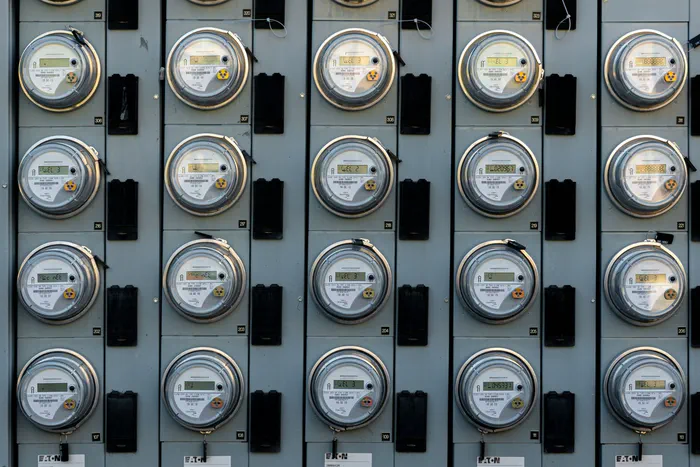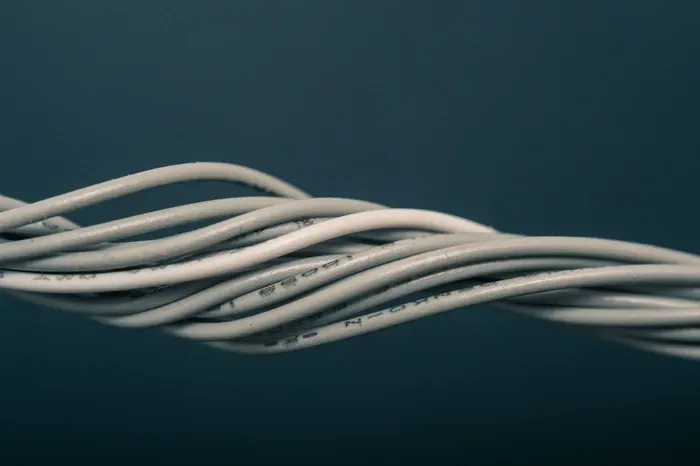Whether you plan moving to Idaho or are just curious, learning about the average cost of electricity is always a good idea. In 2024 Idaho residents pay on average 11.07 cents per kWh of electricity. That’s 35% less expensive than the national average of 17 Cents per kWh.
However, keep in mind that electricity prices can vary based on your location and utility provider. Before buying or renting property in Idaho we therefore recommend talking directly to your prospective neighbors if you are considering a move. They will be able to accurately tell you how much you can expect to be paying.
Average Electricity Bill in Idaho
The average electricity bill in Idaho is influenced by various factors including household size, energy consumption habits, and the efficiency of appliances.
According to the U.S. Energy Administration Information the average electricity consumption in Idaho amounts to 1,005 kWh per month. Based on this data an average electricity bill in Idaho is around $111.25 per month. This information can help you budget more effectively and compare it to your current electricity expenses.
The use of heating or air conditioning has usually the highest influence on the electricity consumption in Idaho. If you like it particularly warm or cold, chances are that you’ll be consuming more electricity than the average Idaho household.
To get a more precise idea, consider using online tools or calculators provided by local utility companies. These resources allow you to input specific details about your household and energy usage to get a more personalized estimate.
Long Term Cost of Electricity in Idaho
Did you know that over the course of several years, electricity bills can significantly impact your overall household budget? Understanding the long-term cost of electricity in Idaho is crucial for financial planning. For instance, if your monthly electricity bill in Idaho is $111.25, over ten years, you could be looking at a total expenditure of $13,350.42.
And that’s not considering any price increases. Can you remember how much your electricity rates were ten years ago? Chances are that they were significantly less. The investments required to minimize the effects of climate change have significantly increased the costs of electricity in the United States. Most experts are certain that electricity prices will continue rising over the next couple of decades.
So what will the long term cost of electricity in Idaho look like if we assume a 5 % yearly increase in electricity rates?
| Current Bill | Cost over 10 Years | Cost over 15 Years | Cost over 20 Years | Cost over 25 Years |
|---|---|---|---|---|
$111.25 | $16,792 | $28,808 | $44,144 | $63,718 |
$100 | $15,093 | $25,894 | $39,679 | $57,273 |
$150 | $22,640 | $38,841 | $59,519 | $85,909 |
$200 | $38,841 | $51,789 | $79,358 | $114,545 |
$250 | $51,789 | $64,736 | $99,198 | $143,181 |
$300 | $64,763 | $77,683 | $119,073 | $171,818 |
As you can see, over the course of several decades you can expect to pay a small fortune for your electricity. If you instead invest these amounts into your retirement savings, you could potentially grow your wealth significantly.
How to Pay Less for Electricity in Idaho?
Reducing your electricity expenses in Idaho is not all that difficult. It can be achieved through various strategies. The two most effective options are investing in energy-efficient appliances and generating your own electricity through solar power.
Investing in Energy Efficient Appliances
Energy-efficient appliances consume less electricity, reducing your overall energy bills. Look for appliances with the Energy Star label, which indicates they meet energy efficiency guidelines set by the U.S. Environmental Protection Agency. Although these appliances might have a higher upfront cost, the savings on your electricity bill can quickly offset this initial investment.
When deciding which appliances to replace first, we recommend starting with the ones that consume the most energy. Typically air conditioners and space heaters use the most energy in a household. We recommend replacing them first, especially if they are old. Additionally, adopting energy-saving habits, such as turning off lights when not in use and using programmable thermostats, can further enhance your savings.
Generating Your Own Electricity Through Solar
Installing solar panels allows you to generate your own electricity, significantly reducing or even eliminating your reliance on the grid. Solar energy systems can be a substantial investment, but they offer long-term savings and potential income through net metering, where excess energy produced is sold back to the grid.
Wondering how much you can save in Idaho by going solar? Request a quote through Quote For Solar and we’ll connect you with a local solar installer that will help you answer this question.



